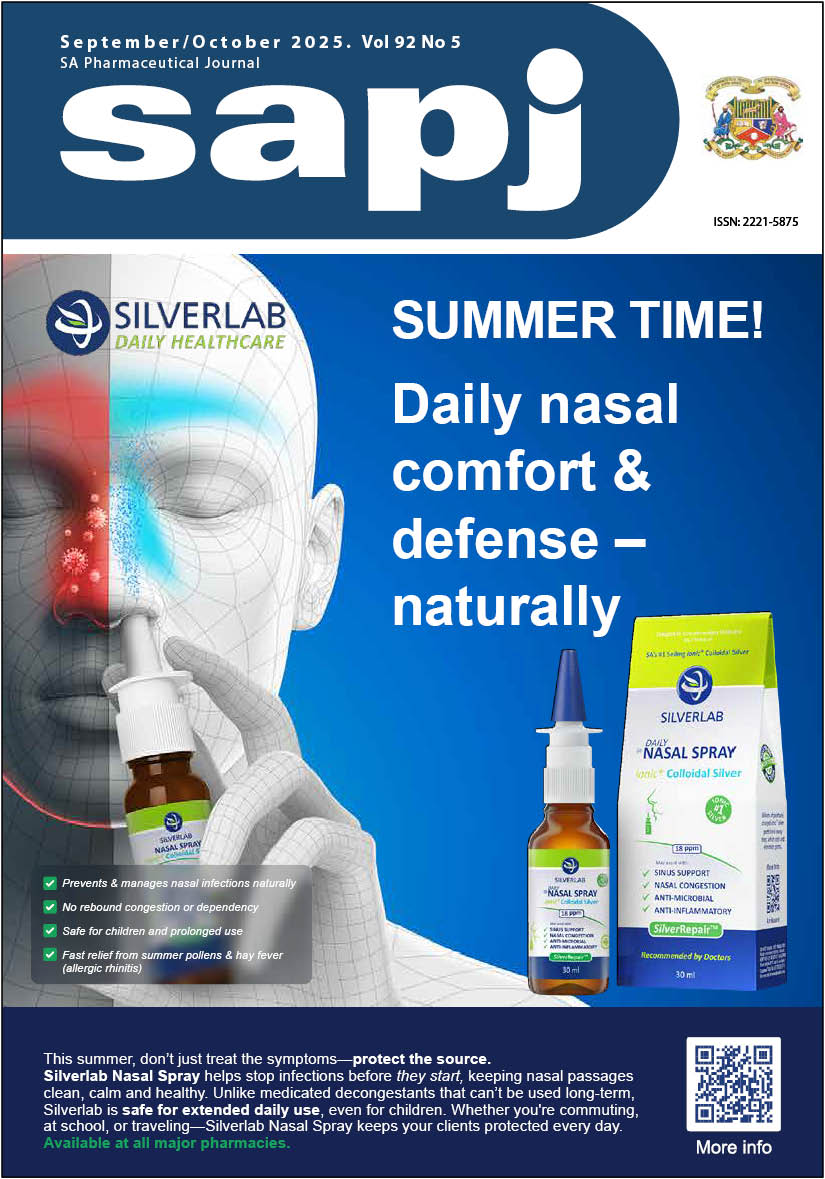The Achilles’ heel of sport performance – misuse of drugs, and consequence to the longevity and credibility of an athlete
DOI:
https://doi.org/10.36303/SAPJ.1263Keywords:
addiction, competition, doping, gateway, incentives, networksAbstract
Despite efforts by the World Anti-Doping Agency (WADA) to ensure fair play, the use of banned substances and drug misuse persists in sports. Key factors include the competitive nature of sports, the desire to excel, incentives, and the perceived success of reaching the top levels. The athlete’s support system or entourage often facilitates doping, undermining fair competition and ignoring health risks. Doping is not just about gaining a competitive edge but also about enhancing performance, training intensity, and recovery. Some substances are used as masking agents for other prohibited drugs, indicating a sophisticated approach to doping. Various classes of commonly abused drugs in sports include analgesics, stimulants, narcotics, and diuretics, which extend beyond anabolic steroids, emphasising the health risks associated with their misuse. The rationale behind the selection of drugs for this review was their potential for dependency, adverse effects, legal repercussions, and doping violations. Many of these drugs are not prohibited and are used to treat various medical conditions, making their misuse harder to detect. The reliance on these drugs in sports is likely to increase, posing ongoing challenges to the integrity of sports and athletes’ health. This review underscores the need to address the root causes of doping, including competitive drive and the role of the athlete’s entourage. Improved communication about athlete well-being, along with enhanced research, advocacy, and education, is crucial for combating doping and safeguarding the future of sports.
Downloads
Published
Issue
Section
License
Copyright (c) 2025 G Gabriels, L Lerotholi

This work is licensed under a Creative Commons Attribution-NonCommercial 4.0 International License.

